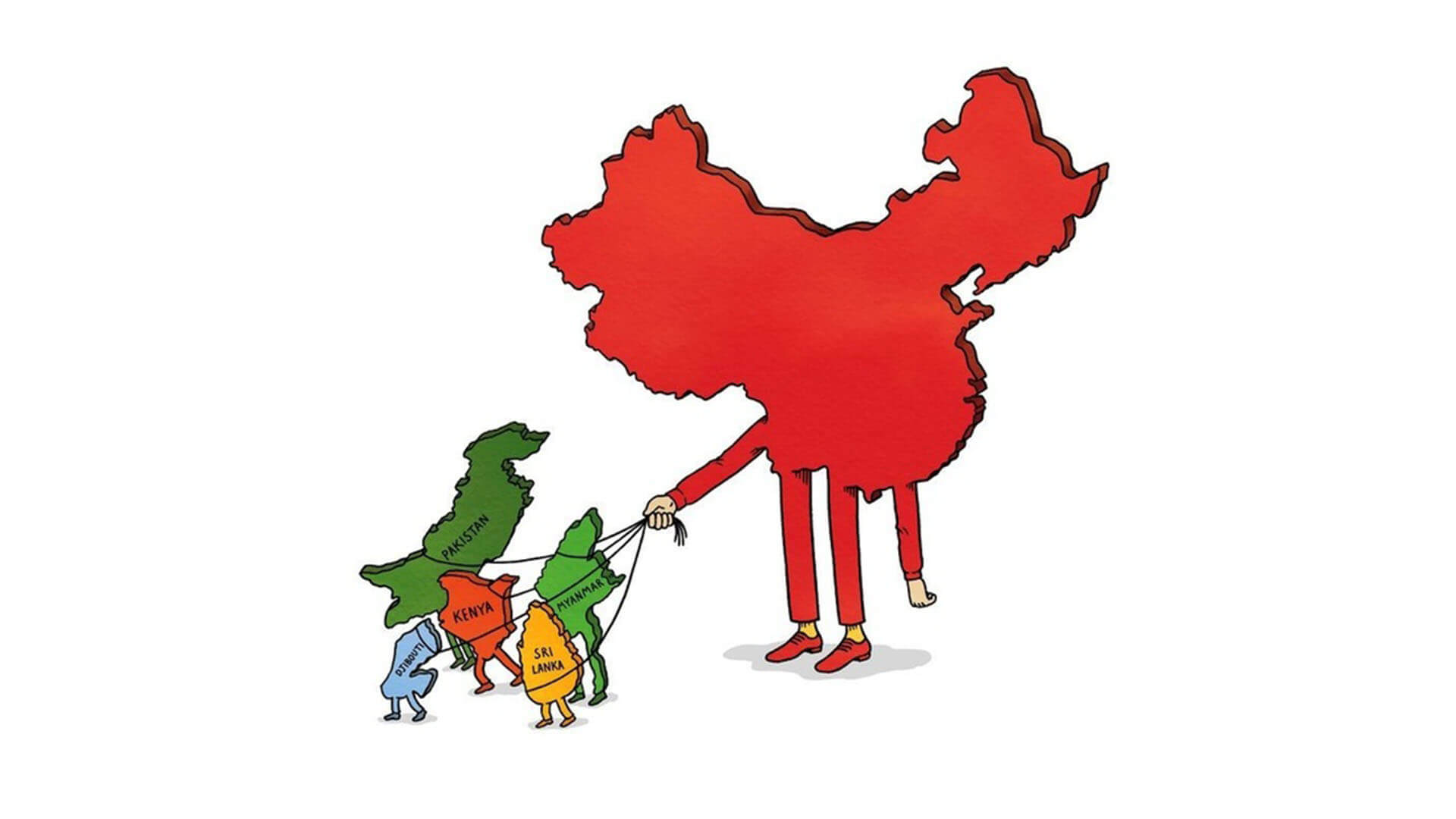Will Cambodia fall into the Chinese infrastructure debt trap?
In the past decade, the Cambodian government has been allocating most of its budget to develop infrastructure. By the end of 2018, a total of more than 16,000 kilometres of national and provincial roads had been restored and rebuilt. On 30 August 2019, the cabinet also approved the US$14.4 billion budget plan for a public investment program for 2020 to 2022, of which the infrastructure sector will receive more than 50%. This large budget allocation is part of the Cambodian government’s ambitious masterplan to upgrade its infrastructure to boost its economy. However, this gigantic plan also comes with significant debt.
According to a report from the Ministry of Economy and Finance, by the end of 2018, Cambodian government debt has reached US$7 billion, most of which had been allocated to infrastructure development such as roads and bridges. Moreover, China, through its Belt and Road Initiative (BRI) is the primary source of this total debt, accounting for almost US$3 billion.
Chinese loans, both in the form of concessional loans and low-interest loans, have so far been used to develop a total of 29 roads and eight bridges with a total length of approximately 2,888 kilometres. One of the significant ongoing projects is the kingdom’s first expressway from Phnom Penh to Sihanoukville, which is currently under construction with a total loan of US$2 billion. (Read More).
In addition to these total loans, Cambodia is also currently requesting loans for several more projects including the construction of National Road 71, National Road 10, and the Phnom Penh Port, which in total is worth almost US$400 million.
Despite this rapid infrastructure growth, many critics of the BRI claims that China is using investment/loans to push its political agenda in developing countries. Experts are expressing their concern that those debtors’ countries may fall into a “Chinese debt-trap” and will end up losing their sovereignty to China when they are unable to pay them back. Sri Lanka is one of those who already gave its Hambantota Port to China on a 99-year lease after they defaulted their debt. Besides, Cambodia also is another nation that critics frequently discuss.
Carlyle A. Thayer, Emeritus Professor at the University of New South Wales in an interview with RFA expressed his concern that overdependence on China could result in Cambodia’s falling into the so-called debt trap,
“Chinese companies involved in providing infrastructure take possession of the infrastructure. This could hypothetically mean Chinese ownership of Cambodian ports and even airports,” said Prof. Thayer.
On the other hand, the Cambodian government strongly refutes such claima, by confidently saying that the kingdom debt level is still very low compared to other countries and the government is managing the debt very well.
Prime Minister Samdech Hun Sen said in April this year, at the second “Belt and Road Forum for International Cooperation” in Beijing, that Cambodia would not fall into a so-called debt trap as the kingdom only accepted projects beneficial to the country, according to a report in the Phnom Penh Post.
“It’s not like the view of those who believe BRI will make some countries fall into a debt trap. Cambodia will negotiate and prepare projects in the interests of the nation and its people, and not increase financial burden and public debt,” Samdech Hun Sen was quoted by the Phnom Penh Post.
“…If not China, who is really helping us. Many countries have complained about this issue, but they have given us nothing,” he added.
In addition, in a recent interview with Fresh News, H.E Sun Chanthol, Senior Minister and Minister of Public Works and Transport also argued strongly against the debt-trap claim, adding that Cambodia can still borrow more, as long as the loan contributes to the kingdom’s GDP growth.
“Our loans are still only 21% compared to our GDP, which is the lowest among all ASEAN countries. Moreover, many other developed countries such as Japan and the United States even have over 200% government debt compared to their GDP, which is far more than us. Thus, we still can borrow more to develop our country. China has never forced us to borrow. It is only us who asked for help,” said H.E Sun Chantol.
“We do not have to worry about debt default because we control our debt very well. When we use our loan efficiently, it can multiply itself in the form of economic growth. Our GDP growth rate now is about 7% each year. Thus, there is nothing to worry about,” he added.
Applying macroeconomic theory into this scenario, government spending, of which foreign debt is one part, can contribute a lot to GDP due to its multiplier effect. Recalling the basic economic formula, GDP or total income equals consumption plus investment, government spending, and net exports (Y= C+I+G+NX). Therefore, if government spending is increasing, income is also increasing, resulting in an increase of consumption, which then brings up the GDP/Income again. This is called the multiplier effect of government spending to GDP.
Even without theory, government spending on infrastructure is good for the economy as it creates more jobs, more investment, as well as improved logistic systems, which results in a better flow of the economy.
However, the story does not end here. The government in the long term has to raise taxes to pay off the debt. The tax increase will result in lower consumption, which can possibly lower GDP. Increasing tax in the future will also make the next generation worse off. Therefore, how the government is going to raise its tax is also another controversial issue for Cambodia. Thus, the government is required to be well-prepared and be able to come up with a proper policy on how to manage this issue to avoid the so-called debt trap.
- Video Advertisement -



 ខ្មែរ
ខ្មែរ







